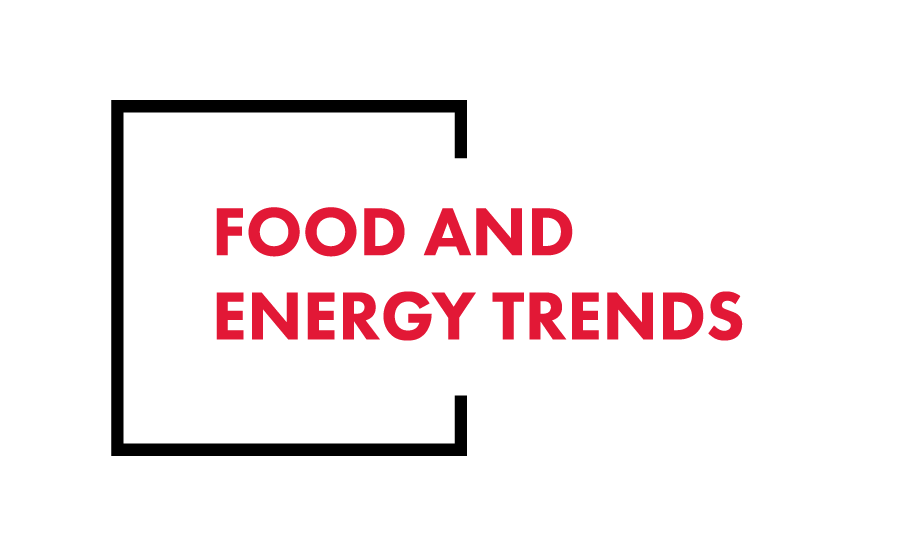By: Tatyana Masters
Renewable energy is dominating policy discussions across the world as governments grapple with the transition to clean energy. Solar leads emission goals.
With temperatures and weather disasters on the rise, nations are recognizing the urgent need to combat climate change. Policy initiatives are setting ambitious goals for net-zero greenhouse gas emissions and are prioritizing solar.
Solar energy is emerging as a pivotal player in the clean energy transition. The technology harnesses sunlight converting it into electricity through photovoltaic (PV) panels. As more investment pours into solar, PV panels have evolved making sunlight the most scalable solution for reducing carbon emissions.
“The promise of solar energy cannot be understated,” Julia Lejeune, CEO of Photovolt Development Partners, a developer of utility-scale solar farms, said in an interview with Food and Energy Trends. “It is absolutely transforming the renewable energy space. As it scales into larger venues, it will continue to pave the way for the energy transition.”
Policy makers are recognizing this value. This week, the US Department of Energy issued a loan of up to $861.3 million to support utility-scale PV panels in Puerto Rico. In the wake of the UK elections this year, the government announced plans to quadruple investment in solar. Even outerspace is getting in on the solar craze, with some start-ups teasing out technology that harnesses space-based solar power.
How Solar Redefines Renewables
To achieve net-zero emissions, the global energy system has to transition away from fossil fuels completely. Solar is uniquely positioned among other renewable options to lead this.
Its scalability allows solar installations to be deployed at various scales, going beyond personal systems. Widespread utility adoption across different sectors makes a big dent in carbon emissions. These systems make solar energy more accessible to consumers and allow for grid integration with energy storage solutions. Thus solar leads emission goals.
“Renewable energies are constantly evolving to meet modern demands,” Lejeune told us. “The need for this technology is apparent and increasingly this shift is placing solar at the forefront.”
As the technology for integration evolves, lithium-ion and advanced flow batteries can play a role, making the grid more stable. The batteries store excess energy generated during particularly sunny periods for later when sunlight is scarce. This ensures a continuous power supply that is accessible and reliable.
Not only does solar integrate other renewables but complements them. Wind and hydroelectric power diversify the renewable energy mix. Solar stabilizes their energy grids, preventing supply and demand fluctuations. These progressions signal massive improvements in net-zero ambitions. While experts warn that a truly carbon-free society is not quite on the horizon, the growth of solar energy and technologies is certainly something to celebrate.
“The path to true net zero is going to extend likely beyond our lifetimes,” Shomik Dutta, co-founder of climate tech venture fund Overture, told The Washington Post. “It’s very okay and encouraging for us to stop and celebrate good news.”
The Road to Net Zero Emissions
The path to net-zero emissions is challenging but achievable, with solar energy at its forefront. Continued innovation, supportive policies, and global collaboration are essential to harness the full potential of solar power. By investing in research, expanding infrastructure, and promoting sustainable practices, solar energy will play a dominant role in a decarbonized global economy.
Solar energy is not just a renewable resource; it is a key driver of a global goal to achieve net-zero emissions. As technology advances and global commitment strengthens, solar leads emission goals and will undoubtedly lead the way to a sustainable and resilient future for generations to come.














